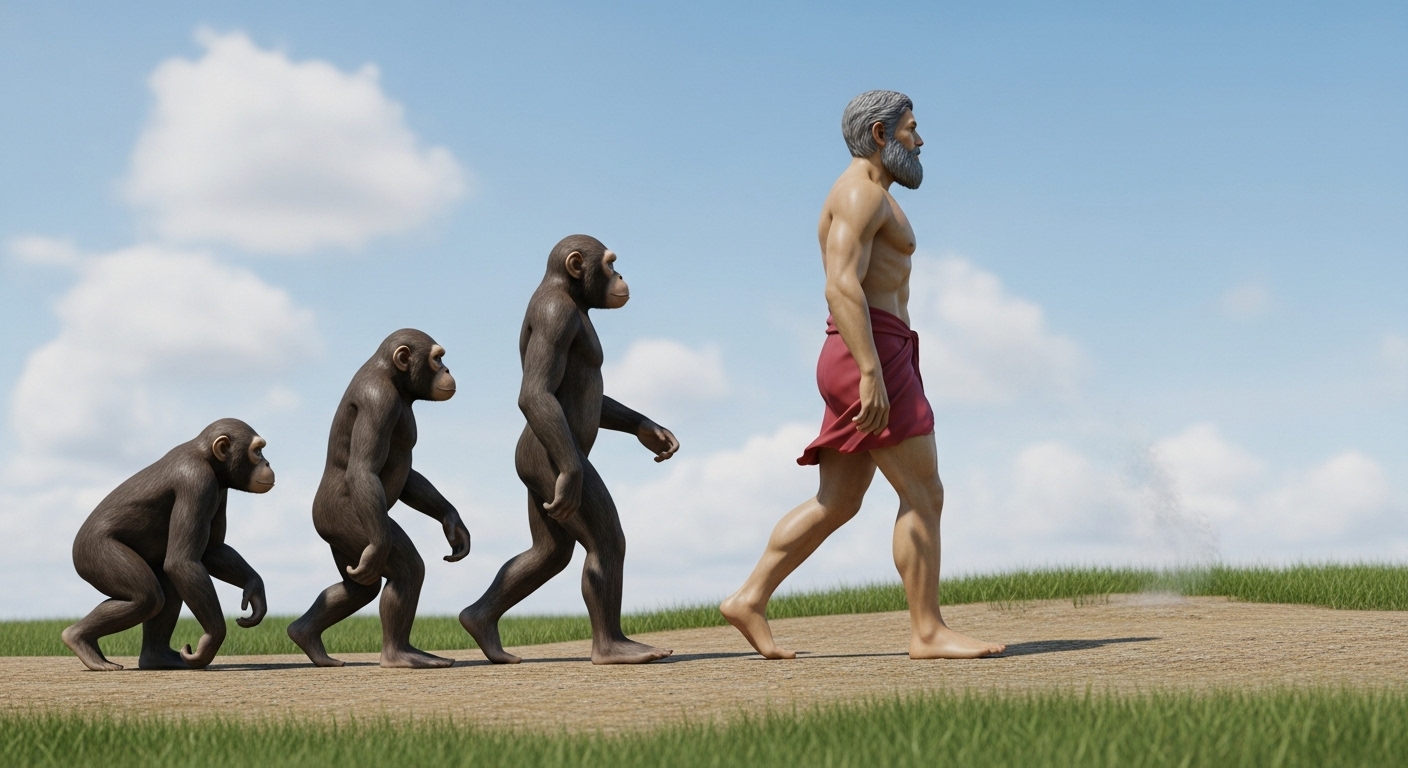Dr. Kumar’s Take
This study dives into the mystery of why humans and our closest primate relatives lost the enzyme uricase, which normally breaks down uric acid. The research shows that independent mutations in different ape lineages disabled this gene. As a result, humans have much higher uric acid levels compared to most mammals. While this may have offered evolutionary advantages like antioxidant protection for the brain and longer lifespan, it also increased our risk for gout and kidney disease. For modern readers, the study highlights why maintaining healthy uric acid levels is so important.
Key Takeaways
✔ Humans and great apes lost uricase through separate genetic mutations.
✔ Loss of uricase led to much higher uric acid levels compared to other mammals.
✔ High uric acid may protect against oxidative stress but raises gout risk.
✔ The study supports a stepwise process of gene deterioration, not a single event.
Actionable Tip
Monitor your uric acid levels with regular check-ups, especially if you have a family history of gout, kidney disease, or heart problems. Simple lifestyle changes like limiting alcohol, fructose, and red meat while increasing hydration can lower risk.
Study Summary
Published in Molecular Biology and Evolution, this study compared the uricase (Uox) gene across nine primate species. Researchers found multiple nonsense mutations and frameshift errors that inactivated the gene in humans, great apes, and gibbons. Unlike earlier claims of a single deletion, this research showed independent losses in different primate branches. The result was a stepwise breakdown of the gene’s function, leaving modern humans with unusually high uric acid levels.
Study Design
- Subjects: DNA sequences from humans, chimpanzees, gorillas, orangutans, gibbons, baboons, rhesus monkeys, crab-eating monkeys, and owl monkeys.
- Methods: Sequenced the full coding region, promoter region, and introns of the uricase gene. Used phylogenetic analysis to trace when mutations occurred.
- Goal: Determine whether uricase was lost through one shared mutation or multiple independent events.
Results
- Independent gene losses: Humans and great apes share one nonsense mutation, while gibbons had different mutations disabling uricase.
- Stepwise decline: First the promoter weakened, lowering enzyme activity, then coding mutations finished the job.
- High uric acid preserved: Human uric acid levels remain 10–50 times higher than most mammals.
- Possible benefit: Uric acid’s antioxidant effects may have protected against brain oxidative damage, possibly supporting human longevity and intelligence.
Why Uricase Loss Matters
Uric acid is both a friend and foe. It acts as a powerful antioxidant, scavenging free radicals and possibly helping protect the brain. But in excess, it crystallizes in joints and tissues, leading to gout, kidney stones, and metabolic issues. This study helps explain why humans walk such a fine line between benefit and harm.
Related Studies and Research
Uric Acid and Human Evolution – Reviews the physiological impacts of losing the uricase gene.
Cherries and Gout Prevention – Shows how natural anti-inflammatory foods may counteract gout symptoms.
Coffee, Uric Acid, and Gout Risk – Explores how coffee affects uric acid levels.
Podcast: How to Make Gout Disappear from Your Life – A comprehensive look at modern and ancient gout science—and how to beat it.
Frequently Asked Questions
Why do humans have more uric acid than other mammals?
Because of genetic mutations that disabled uricase, the enzyme that normally breaks down uric acid. This left humans with much higher baseline levels.
Did losing uricase help humans?
Possibly. The extra uric acid may have acted like a natural antioxidant, protecting against cell damage and supporting longer lifespan and brain health.
Is high uric acid always bad?
Not always. A little may be protective, but levels above 6.0 mg/dL increase the risk of gout and kidney disease.
Can lifestyle changes lower uric acid?
Yes. Avoiding excess alcohol, sugar (especially fructose), and purine-heavy foods can help. Hydration, dairy, vitamin C, and cherries may reduce risk.
Conclusion
The loss of uricase is one of the defining quirks of human biology. This genetic shift gave us higher uric acid levels than almost any other species. While it may have provided survival advantages in the past, it now contributes to modern diseases like gout. By understanding this evolutionary story, we can better manage uric acid today and protect both joint and heart health.


